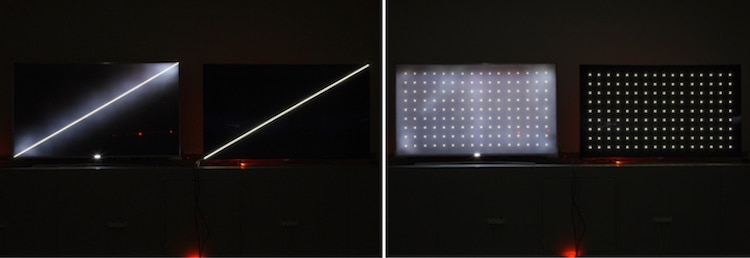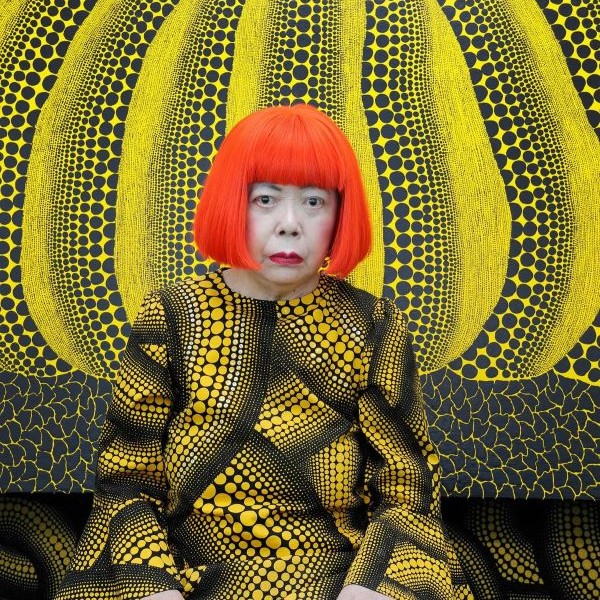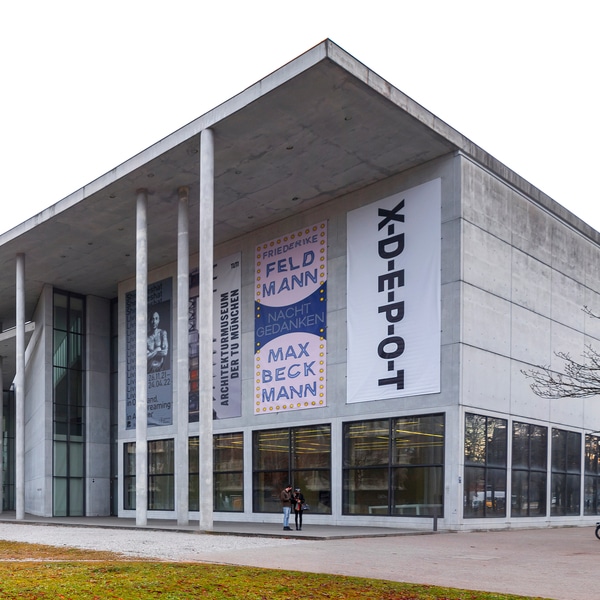
As any photographer or cinematographer will tell you, color is extremely important to the quality of an image. The pop of red on a femme fatale’s lips, the baby blue eyes of a smooth crooner, the earthy viridescence of a grassy field—each color plays a pivotal role in how we experience the world through a lens.
Equally important is the darkness that complements these colors and allows them to pop onscreen. Brilliant hues can only reach an exciting level of vibrance in the presence of a “perfect black.” As Michael Ulsman, producer of the Batman films, says: “Perfect black is the portal to perfect color.”

LCD TV vs LG OLED TV
In a recently released video clip, LG, a leader in visual electronics, creatively puts into perspective the importance of visual clarity through “perfect black.” A crowd of people cloaked in black clothing run through the city, assembling in different settings to exemplify the impact that shades of black can have on color. Suddenly, the woman in a yellow dress is absolutely radiant, the street performer in red is the center of attention, and the “Cinema Noir” billboard that once blended into the drab scenery is both legible and eye-catching.
LG takes recognition of the importance of these optical elements and translates them through their line of products, including their brand new OLED TV—a 4K television featuring crisp colors and perfect black resolution. Their OLED technology renders deep, dark black hues without degrading the darkness or bleeding into other colors. This is made possible because it doesn’t rely on backlighting, as each individual pixel is its own light source.
Much like light pollution overtaking the night sky and thereby hiding the shades of black speckled with beads of starlight, backlighting pollutes the clarity of an image. Previous television models that incorporate this old mode of technology (including CRT, Plasma, and LCD TVs) veil the truth of what we’re seeing with a messy distribution of light. OLED TVs achieve a level of realism that goes beyond previous models, offering viewers a more crisp and clear image of reality.
This post is sponsored by LG. Life's Good.






















































































